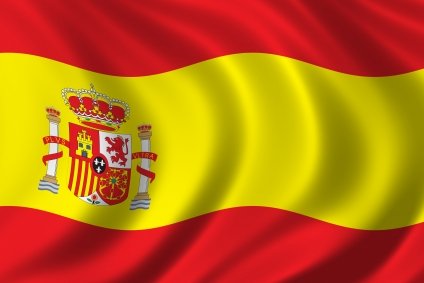Spanish for English Speakers: Episode 3 - Gender of Nouns
¡Hola amigos de Steemit!
Welcome to our first ever grammar lesson! Get your head around this and you'll anount to great things ... (Sorry, sorry, I couldn't resist!)
What is a noun?
A noun is the name of a person, place, thing, or idea. For example: Peter, school, jumper, and liberty.
How do Spanish nouns work?
All nouns in Spanish have a gender - they are either masculine or feminine. Masculine nouns take the definite article el and feminine nouns take la. (Definite article = "the". More on this in a later episode.) Strange concept, isn't it? You wouldn't want to sit on a cushion in case you squashed him!
Masculine nouns: el chico (the boy), el jardín (the garden), el libro (the book), el miedo (the fear).
Feminine nouns: la chica (the girl), la universidad (the university), la revista (the magazine), la libertad (the liberty).
If a noun is referring to a living creature, the noun itself may change, as well as its definite article. For example: el gato (the male cat) → la gata (the female cat). This is because the noun has both a masculine and feminine form.
This idea shouldn't be too difficult to grasp, bearing in mind that we have a similar rule in English for many of our nouns: man → woman, tiger → tigress.
How can we tell which nouns need el and which need la?
As it's almost impossible to predict the gender of a noun that refers to an object, place or idea, you will need to learn most of them with their definite article/gender (in the dictionary, a masculine noun will be marked with n.m. and a feminine noun with n.f.). For instance, you would probably guess that the word for "dress" is a feminine word, but it's actually el vestido.
However, there are a few tricks for predicting the gender of nouns which refer to living creatures (but remember, there are exceptions):
- Masculine nouns usually end in an -o, and feminine nouns in an -a: el perro (the male dog), la abuela (the grandmother).
- Masculine nouns which end in a consonant often have a corresponding feminine form that ends in an -a: el profesor (the male teacher) → la profesora (the female teacher).
- Some nouns that refer to people use the same form for masculine and feminine; these nouns indicate their gender by the definite article: el estudiante (the male student), la estudiante (the female student).
- Nouns that end in -sión, -ción, -dad, -tad, -tud, and -umbre are feminine: la decisión (the decision), la conversación (the conversation), la universidad (the university), la dificultad (the difficulty), la gratitud (the gratitude), and la certidumbre (the certainty).
Thank you so much for reading, and I hope this has been a useful reference tool for those of you studying this beautiful language. Let me know if it's the right length, or if you'd prefer me to break grammar lessons into two shorter, more manageable blogs in the future - I thought it best to get it over with!
- The Loopy Linguist

Also shortened words retain their gender, i.e. moto is feminine because it's the shortened version of motocicleta.
@adventurerider yes, thanks for your comment! I love that people are all contributing and helping each other out
I have been attempting to learn Spanish. I think this is the right length for a post and it is well done. Good basics for a beginner. Following so keep up the good work!
@lindabasilick such a lovely comment, thank you so much! Best of luck with learning Spanish :)